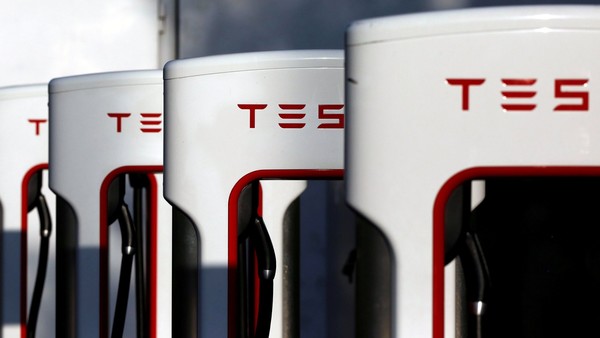FMC contract underlines rising battery demand for Lithium
The lithium market received a boost after FMC said it planned to double its output of battery raw material lithium next year, in a sign the largest producers are increasing supply to meet demand from electric carmakers.
The Philadelphia-based chemical company, one of the world’s four largest producers of lithium, said it would accelerate expansion of lithium hydroxide as a result of a “new multiyear supply agreement with a major manufacturer of electric vehicles”.
“We partner closely with leading manufacturers of lithium ion batteries and electric vehicles to ensure our production meets their current and future demand,” said Tom Schneberger, vice-president and global business director at FMC Lithium.
Prices for lithium hydroxide, a refined type of lithium used by in batteries by carmakers such as Tesla Motors, have risen 38 per cent this year, according to Benchmark Minerals Intelligence. That’s been driven by strong demand in Asia, the centre of global battery production.
Demand is expected to remain robust as Tesla completes its battery gigafactory near Reno in Nevada, which will start producing battery cells for its mass market Model 3 for delivery next year. The company currently obtains battery cells from Panasonic in Japan.
FMC will produce an additional 4,000 tonnes of lithium hydroxide next year, raising the company’s total global capacity to 18,000 tonnes. It did not give details of the electric vehicle manufacturer it struck a deal with.
The additional production would be almost enough to supply Tesla’s Gigafactory or roughly 500,000 mass-market electric vehicles, according to Aleksey Yefremov, an analyst at Japanese bank Nomura.
“The fact that FMC wants to bring incremental capacity on in the near term confirms a tight market for battery grade lithium,” he said.
FMC extracts lithium from the Salar de Hombre Muerto operation in Argentina before it is sent overseas to be further refined into products such as lithium hydroxide.
But analysts said FMC would need to expand its supply of lithium carbonate, the raw feedstock that gets converted to hydroxide, in order to double its production. That could come from other raw lithium producers such as Chile’s SQM or Orocobre, according to Robert Baylis, an analyst at consultancy Roskill.
Mr. Baylis also expects lithium hydroxide prices to peak in the second half of this year as supply has increased.
“The gloss on the lithium industry is therefore going to come off pretty quickly into 2017, although demand growth still remains robust,” he said.




